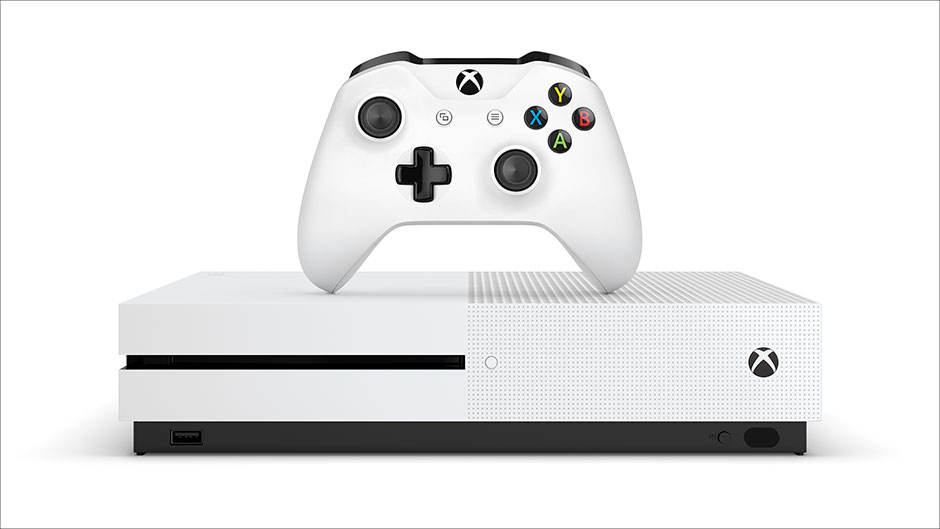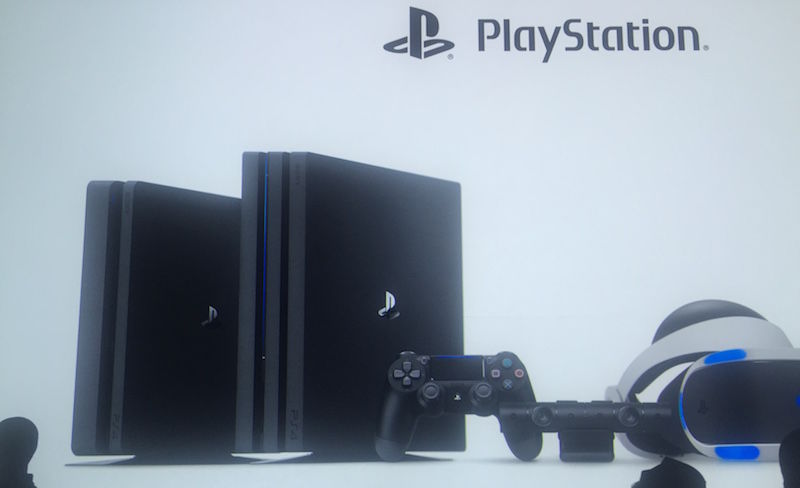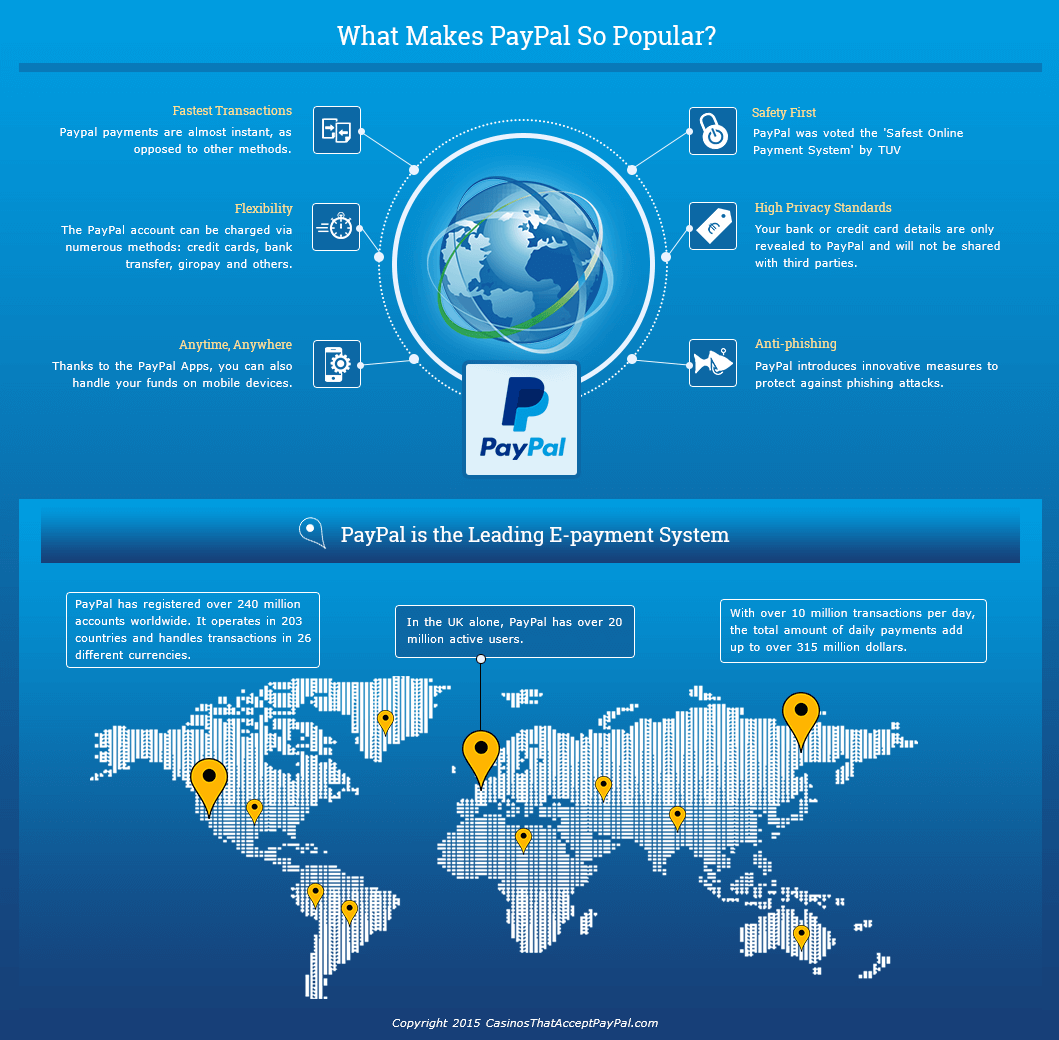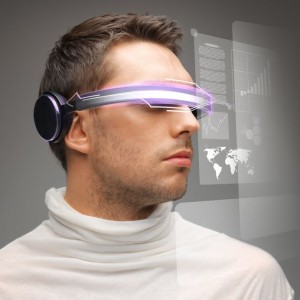
Streaming services are now part of our everyday lives. They have become the latest trend in the entertainment industry and they are growing at a very fast rate. If you’re looking to watch movies, then services such as Netflix are the top pick for you, whereas gamers can also enjoy streams of various gaming tournaments and events on platforms such as Twitch.
Twitch streaming is kind of the topic that we are going to discuss in this article. We’ll be talking about one type of streaming service that has been quite the headline recently – gambling live streams. Data shows that the most popular live streams of slot machine gaming often have hundreds of thousands of views.
With that being said, we’ll be taking a closer look at this field and explaining everything that you need to know about its legality, restrictions and more. Let’s break down the details.
Gambling Live Streams Are Rising
Ever since the massive expansion of online casinos, which started in 2015, the gambling industry has been penetrating many fields. Not only are these operators hosting millions of players from all around the world, but they also managed to influence other industries.
For example, if you are a sports fan, you will see that there are countless sports teams that are sponsored by online casinos/sportsbooks.
The case is the same with live streams. Here’s one interesting statistic that concerns the UK, the most sought-out market for online gambling. Research shows that around 4% of adults in the country follow gambling live streams on Twitch.
Why People Watch Gambling Live Streams on Twitch?
This is one of the most commonly asked questions concerning gambling live streams on the said platform. Contrary to what many believe, gambling live streams might have one interesting benefit.
In most cases, the people who are watching them are often players that are battling gambling addiction. As you may know, problem gamblers are addicted to slots or other casino games. Watching live streams of slot games helps them deal with their cravings. Logically, it is much better to watch gambling than to actually participate in it.
Gambling addiction has proven to be a problem for some nations as authorities fail to deal with this issue. Take Australia as an example. Research shows that over 80% of the adults in this country are regularly participating in some kind of gambling activity.
Moreover, 4% of the population plays the country’s most popular casino game, pokie, at least once a week. These numbers suggest that between 250,000 and 300,000 people are experiencing moderate risks that may lead to gambling addiction.
Yes, the authorities are doing anything they can, but this still proves to be a problem. This is where gambling live streams on Twitch actually help. Instead of controlling people and banning them completely, they are providing them with an alternative way to deal with their cravings and not lose any money in the process.
Media Is Not Too Fond of Twitch Gambling Streams
Even though these Twitch streams have a certain benefit, the media is extremely unfriendly towards them. They claim by allowing them to watch gambling streams, they have a boomerang effect, where they are leading many more people to the gambling industry and exposing them to the risk of developing an addiction.
Moreover, some criticism of these types of streams concerns the exposure of the young population. As you may know, Twitch streaming is popular with teenagers. Critics point out the fact that the age control and restrictions on the platform are minimal and that is the reason why younger generations are exposed to gambling.
That may lead to future gambling problems, which is not something that they are hoping for.
Legal Issues
Next up, we have the legal issue with gambling live streams. Here’s the problem. Let’s say that a gambling website is located in the UK, while streamers are located around the world. In case of a scam or something similar, which country will have the authority and which laws will apply to the case? If this cannot be solved, do international laws take place, or not?
As you can see, the complexity of the situation is pretty big and that is why it is hard for many to accept the fact that gambling live streams are on the rise. Since the whole case is tangled, the easier option for them is to say that streams of this type should just be illegal, rather than looking for a more effective solution.
Final Thoughts
There’s no denying the fact that gambling live streams are on the rise and they are highly likely to become a very important part of streaming in the coming years. Regardless of what critics say, people won’t stop watching these streams in the near future.
That is why many experts believe that finding a better solution in terms of regulating this sphere is a much more effective way to solve the problem, rather than just outflank it and deem it illegal. After all, people always find a way to get what they want and the case will be the same with gambling live streams – regardless if they are allowed or not, they will find a way to watch them.



 It’s time, ladies and gentlemen! VR technology is finally here! With the release of the PlayStation VR in just a few short days, all three major headsets, as well as numerous cheaper ones (like the Samsung Gear) are already out on the market. That’s exciting news for those of us who have been waiting for all headsets to hit store shelves and be reviewed by the pros before making an informed decision on which one to buy, but it also means that we’ll finally be able to get a good estimate of the install base of VR users. If, by this time next year, more than a million people worldwide own a Vive or a Rift, then perhaps that means the time is ripe for VR casino games to finally be placed in development. Obviously, these games will be a lot more expensive to develop than your average slot, requiring fully 3D backgrounds rendered in high definition in order to, well, recreate the feeling of virtual reality. There’s little point of VR if the simulation doesn’t look anything like reality, right? With that said, most casinos probably wouldn’t be able to afford to create successful builds of all types of games. That means it’s up to us to decide which games are worth being given the VR treatment and which are better left in the 2D world!
It’s time, ladies and gentlemen! VR technology is finally here! With the release of the PlayStation VR in just a few short days, all three major headsets, as well as numerous cheaper ones (like the Samsung Gear) are already out on the market. That’s exciting news for those of us who have been waiting for all headsets to hit store shelves and be reviewed by the pros before making an informed decision on which one to buy, but it also means that we’ll finally be able to get a good estimate of the install base of VR users. If, by this time next year, more than a million people worldwide own a Vive or a Rift, then perhaps that means the time is ripe for VR casino games to finally be placed in development. Obviously, these games will be a lot more expensive to develop than your average slot, requiring fully 3D backgrounds rendered in high definition in order to, well, recreate the feeling of virtual reality. There’s little point of VR if the simulation doesn’t look anything like reality, right? With that said, most casinos probably wouldn’t be able to afford to create successful builds of all types of games. That means it’s up to us to decide which games are worth being given the VR treatment and which are better left in the 2D world! Last night (UK time, at least), Sony held a press conference in order to announce their newest hardware, namely – the PS4 Slim and the PS4 Neo. Of course, they hadn’t announced any of that beforehand, but pretty much anyone with half a brain cell could figure it out solely based on what has been happening in the last few months. I mean, there have been rumors about a new version of the PS4 that would be able to output in 4K Ultra HD resolution
Last night (UK time, at least), Sony held a press conference in order to announce their newest hardware, namely – the PS4 Slim and the PS4 Neo. Of course, they hadn’t announced any of that beforehand, but pretty much anyone with half a brain cell could figure it out solely based on what has been happening in the last few months. I mean, there have been rumors about a new version of the PS4 that would be able to output in 4K Ultra HD resolution  You might remember
You might remember  Virtual reality is about to officially become The Next Big Thing™, and thus far the reception from those who have tried it for themselves has been overwhelmingly positive. For the five of you who are still unaware of the technology, VR headsets are basically small monitors designed to be worn over your eyes which correspond to the movement of your head. By showing you a highly detailed three-dimensional image, the headset creates the illusion that you’re somewhere else – in a virtual reality. Naturally, everyone and their mother trying their hands at building a VR headset and jump in on the bandwagon. From Sony through Google to Facebook, there’s dozens of these highly expensive pieces of immersive technology, so many that it can get a bit confusing.
Virtual reality is about to officially become The Next Big Thing™, and thus far the reception from those who have tried it for themselves has been overwhelmingly positive. For the five of you who are still unaware of the technology, VR headsets are basically small monitors designed to be worn over your eyes which correspond to the movement of your head. By showing you a highly detailed three-dimensional image, the headset creates the illusion that you’re somewhere else – in a virtual reality. Naturally, everyone and their mother trying their hands at building a VR headset and jump in on the bandwagon. From Sony through Google to Facebook, there’s dozens of these highly expensive pieces of immersive technology, so many that it can get a bit confusing. 
 Ever since the popularisation of smartphones, online casinos and software suppliers alike started working on preparing their platforms and games for the small touch-screen devices. Right then and there, it was already clear that this was the future of gambling and the operators that didn’t ignore it are the ones that today are the market leaders. This is exactly how Leo Vegas Casino, for example, quickly found its way among the best online casinos on the market. Though it was launched way later than most of the other popular casinos, it was the first one to truly put the focus on mobile and that’s why now it is considered by many to be the best real-money games operator for mobile, having over 300 mobile-friendly casino games – way more than any other casino on the UK market and in the world in general. But anyways let’s forget about the specifics and focus more on the general fact – what makes gambling on the go so appealing and what are the challenges that the industry faces when it comes to providing solutions for the touch screens.
Ever since the popularisation of smartphones, online casinos and software suppliers alike started working on preparing their platforms and games for the small touch-screen devices. Right then and there, it was already clear that this was the future of gambling and the operators that didn’t ignore it are the ones that today are the market leaders. This is exactly how Leo Vegas Casino, for example, quickly found its way among the best online casinos on the market. Though it was launched way later than most of the other popular casinos, it was the first one to truly put the focus on mobile and that’s why now it is considered by many to be the best real-money games operator for mobile, having over 300 mobile-friendly casino games – way more than any other casino on the UK market and in the world in general. But anyways let’s forget about the specifics and focus more on the general fact – what makes gambling on the go so appealing and what are the challenges that the industry faces when it comes to providing solutions for the touch screens. Virtual reality is undoubtedly the next big thing. Ever since Oculus introduced the world to its Rift all the way back in 2011, the world has been crazy about virtual reality technology. “The future is here!” websites exclaimed enthusiastically. “We’re one step closer to transporting ourselves into virtual worlds”, reviewers claimed. Over the years since then, numerous companies have attempted to copy the Rift and create their own wearable VR technology, such as the HTC Vive, the PlayStation VR and the delightfully terrible Google Cardboard. Left and right we’re seeing products pop up aimed at one, or more than one, of the VR products. Numerous services, such as Netflix, have also shown us that they’re more than willing to accommodate what is universally perceived as being the Next Big Thing™. But is it, really?
Virtual reality is undoubtedly the next big thing. Ever since Oculus introduced the world to its Rift all the way back in 2011, the world has been crazy about virtual reality technology. “The future is here!” websites exclaimed enthusiastically. “We’re one step closer to transporting ourselves into virtual worlds”, reviewers claimed. Over the years since then, numerous companies have attempted to copy the Rift and create their own wearable VR technology, such as the HTC Vive, the PlayStation VR and the delightfully terrible Google Cardboard. Left and right we’re seeing products pop up aimed at one, or more than one, of the VR products. Numerous services, such as Netflix, have also shown us that they’re more than willing to accommodate what is universally perceived as being the Next Big Thing™. But is it, really?